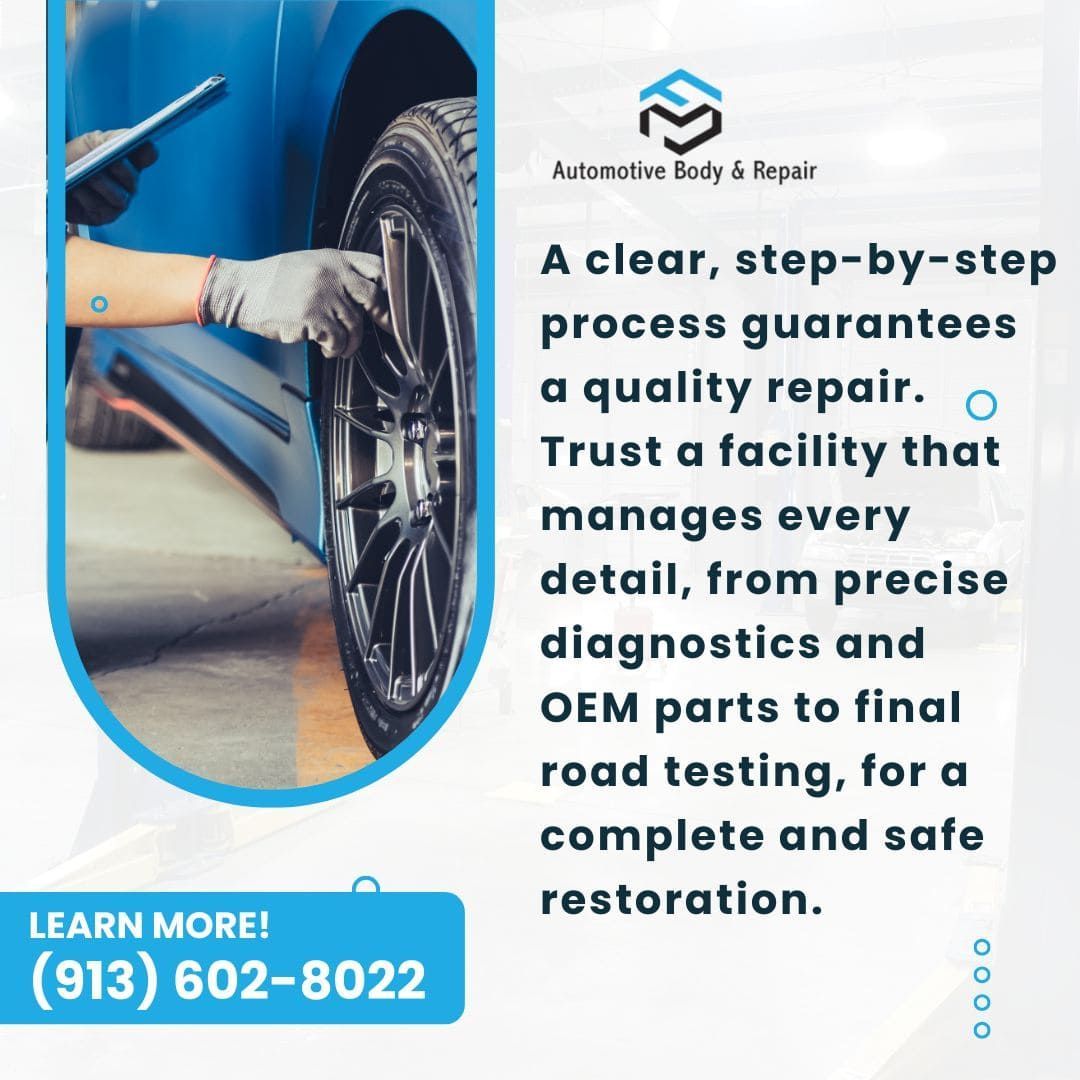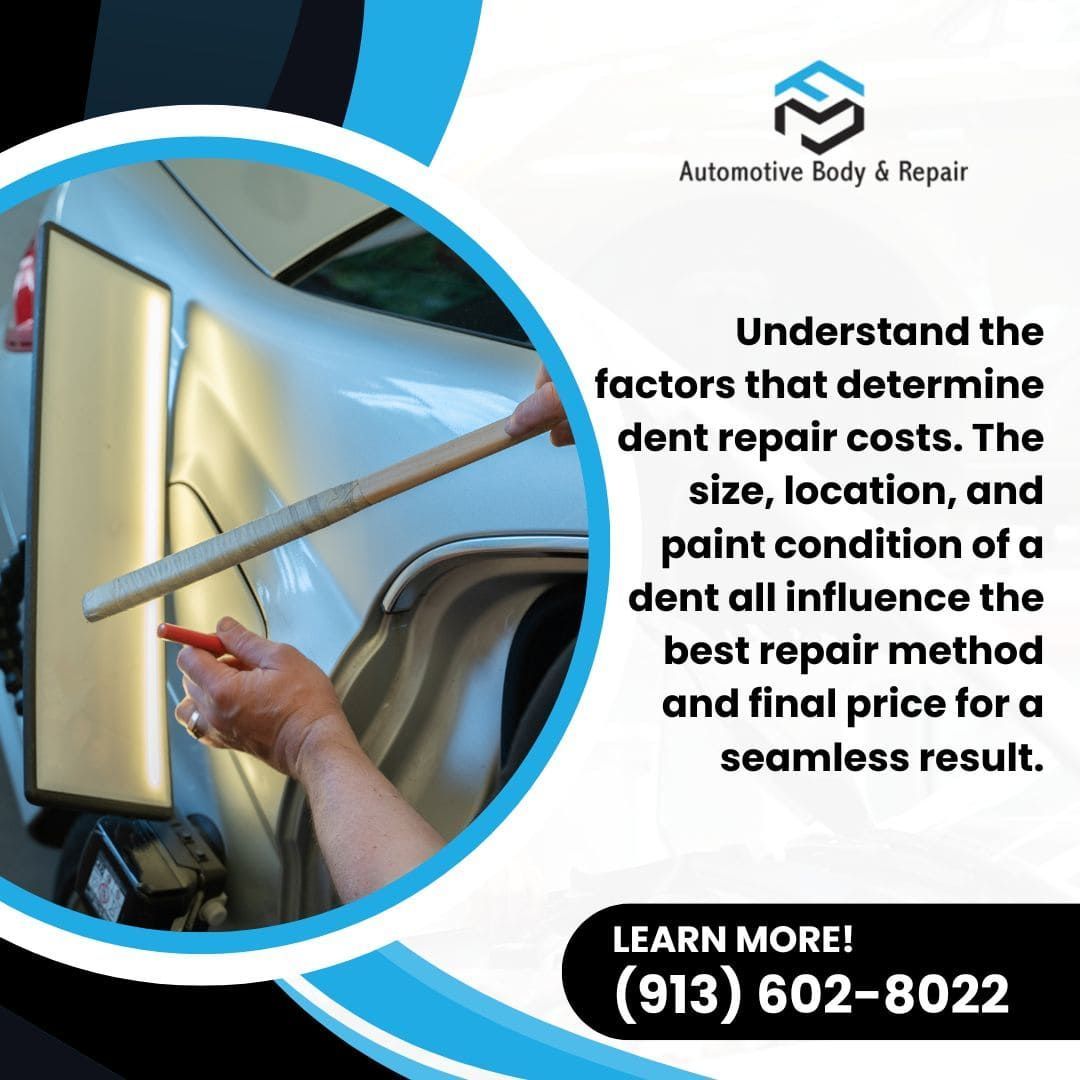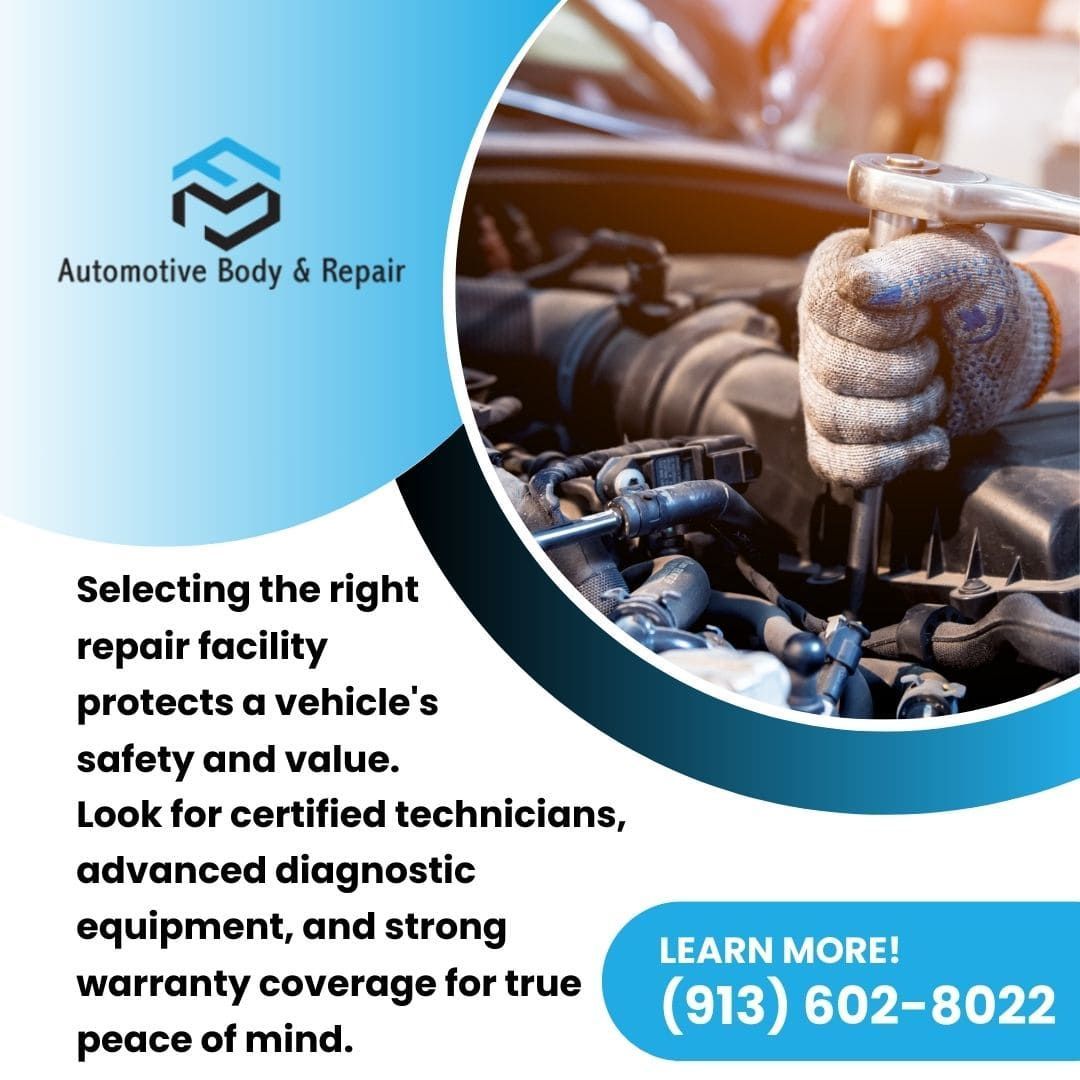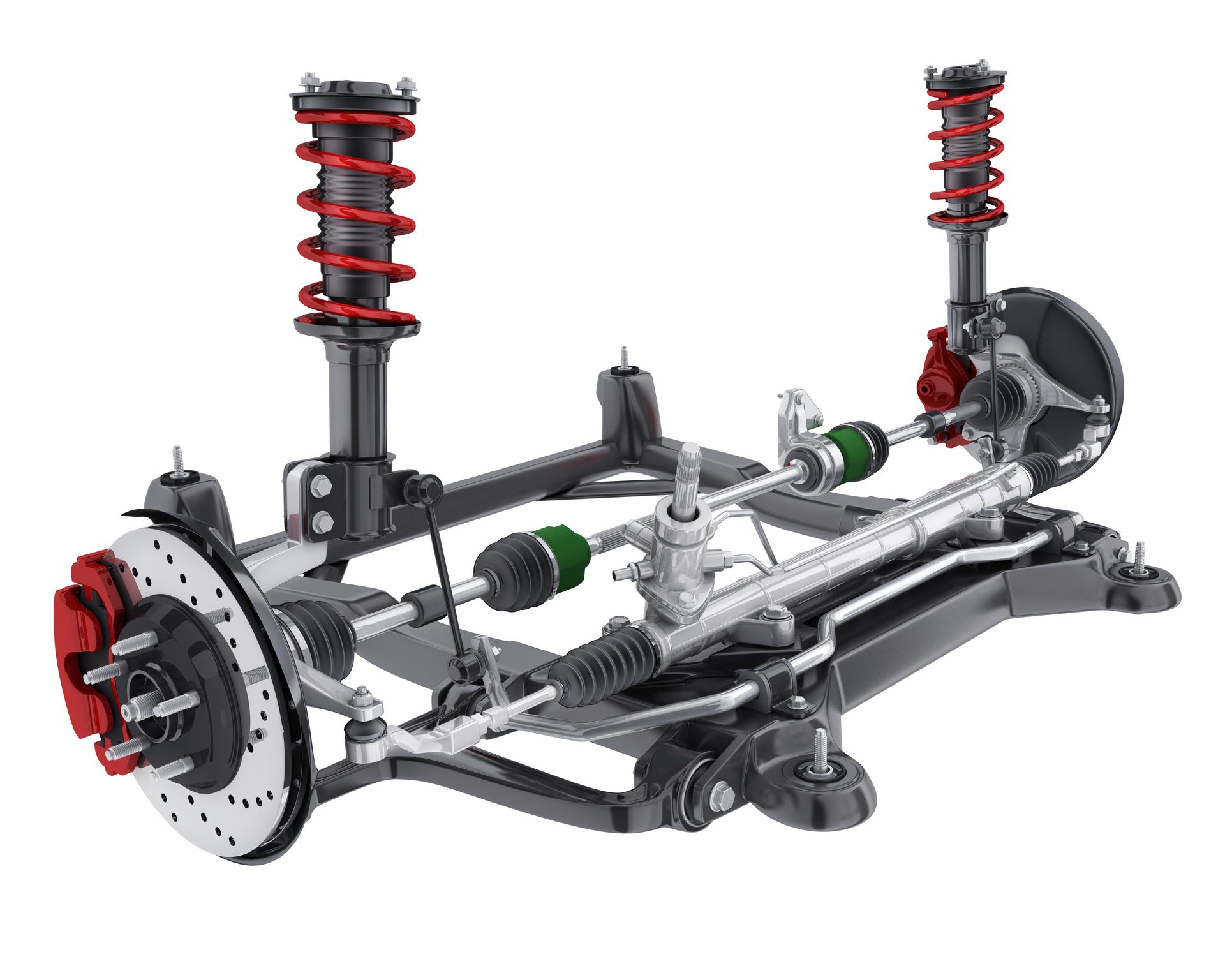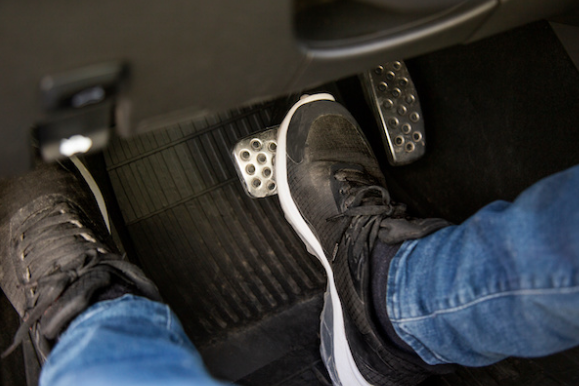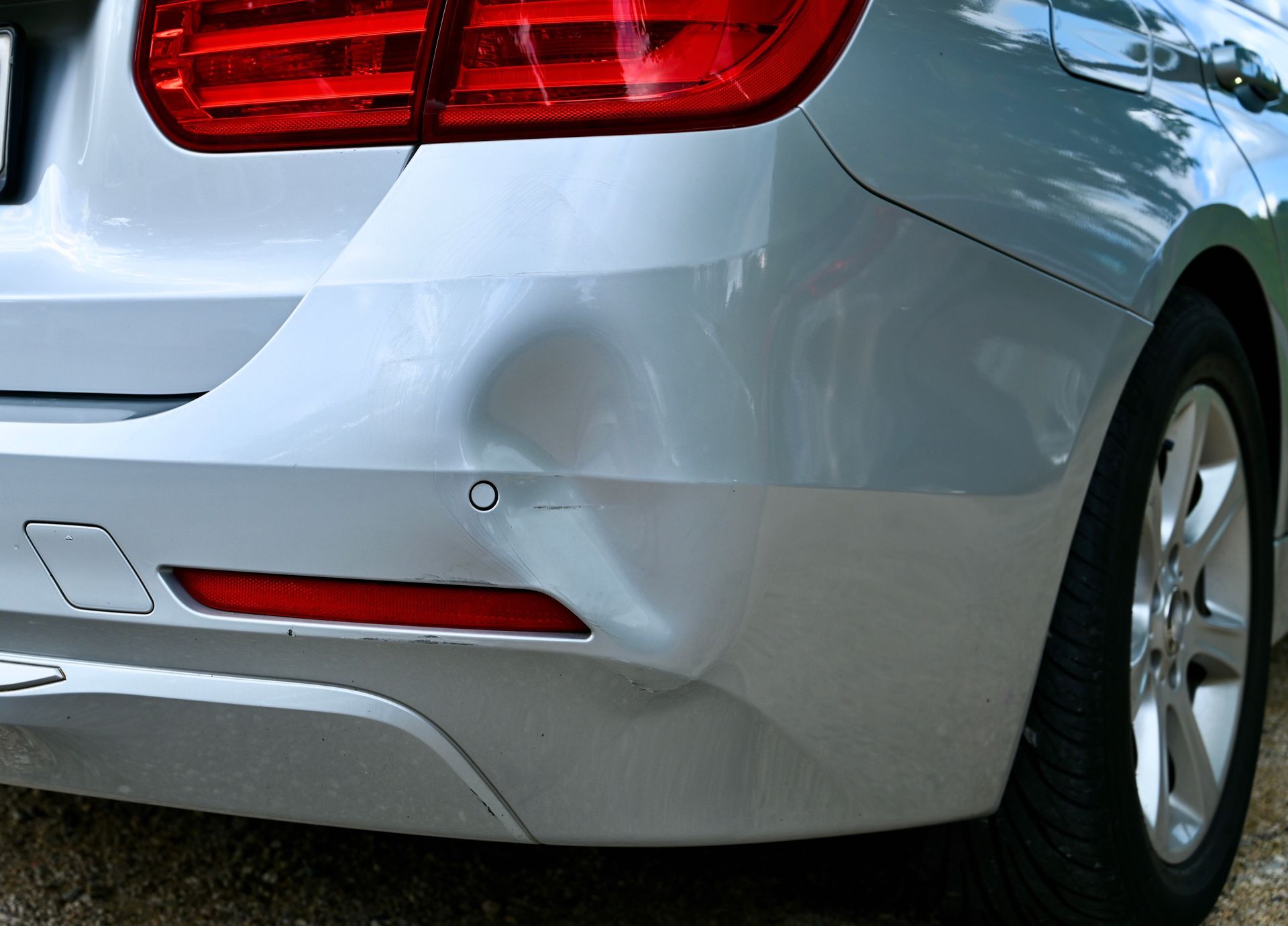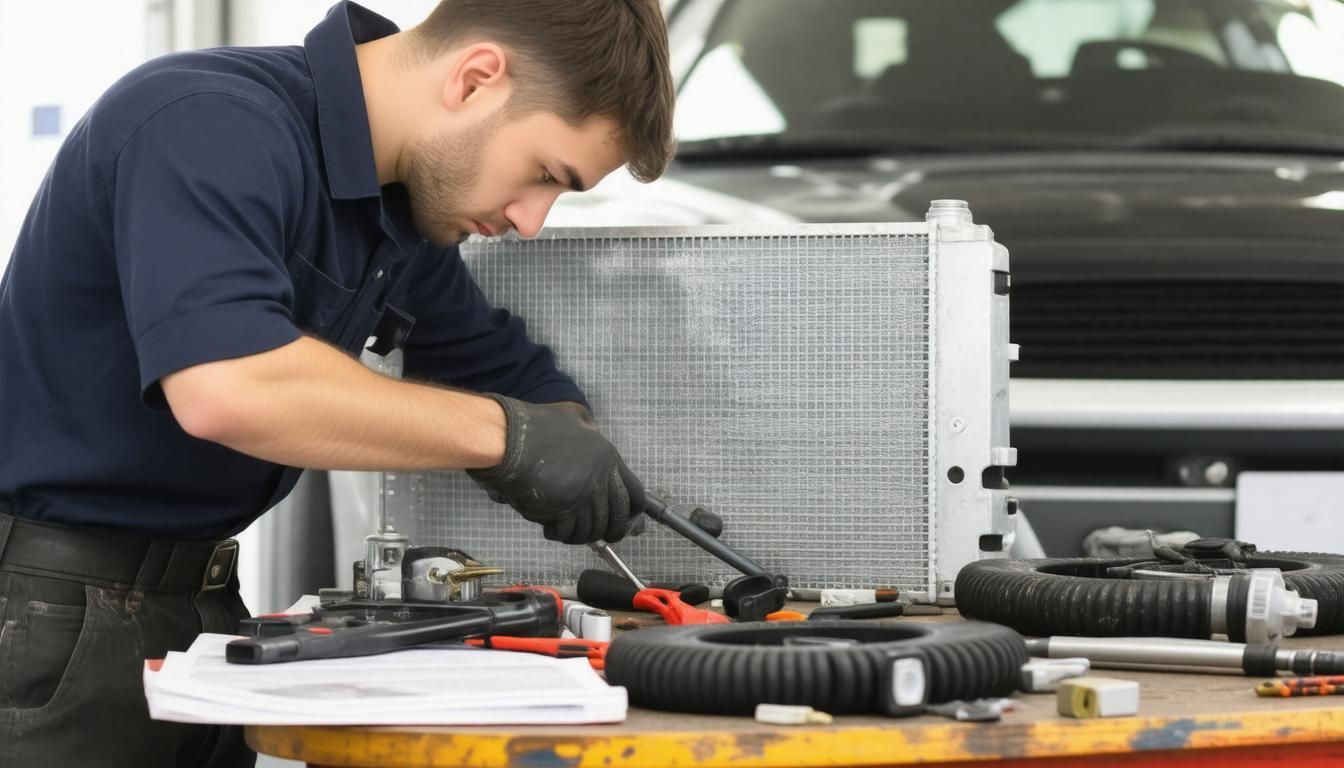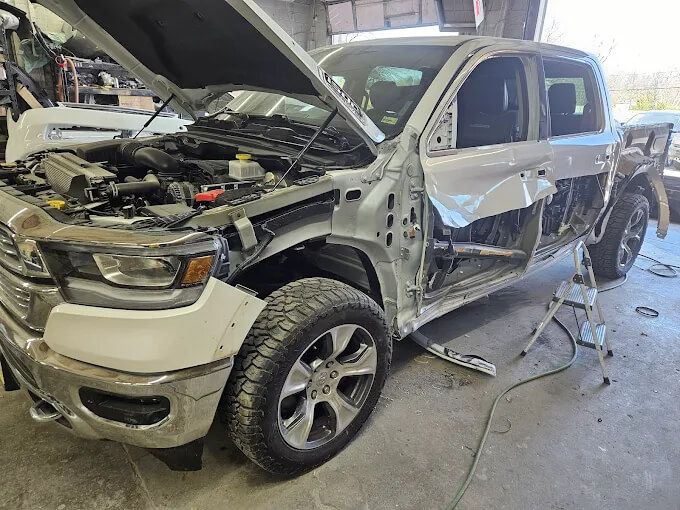When your car gets a dent, it can feel like a real headache. Whether it's from an unlucky hailstorm, a sneaky shopping cart, or a minor fender bender, those bumps and dings can leave you wondering about the best way to fix them. Luckily, Paintless Dent Repair (PDR) has emerged as a practical solution for car owners looking to restore their vehicles without undergoing extensive and costly repairs. This technique not only saves time—often completing repairs in just a couple of hours—but also preserves your car’s original paint job. Intrigued? Let's dive into the advantages of PDR and see why many drivers are choosing it as their go-to option for dent repairs.

Advantages of Paintless Dent Repair
When it comes to how quickly PDR can restore your vehicle to its former glory, the numbers are compelling. Traditional body shop repairs can sometimes leave a car out of commission for several days—sometimes even weeks!
However, with Paintless Dent Repair (PDR), most jobs can be completed in a matter of hours. This means you’re not just saving money; you're getting back on the road fast. Imagine dropping off your car in the morning and being able to pick it up later that same afternoon, all fresh and dent-free.
Another standout benefit of PDR is preserving your vehicle's original paint. When you opt for traditional repairs, there's often a risk of color mismatch due to touch-up paints not blending well with the factory finish. The beauty of PDR is that it retains 100% of your original paint without the need for fillers or repainting.
This practice not only maintains aesthetics but also enhances resale value by up to 20% if you ever decide to sell or trade in your vehicle.
In addition to these benefits, the PDR process also offers environmental advantages. Traditional auto body repair generates waste through paint and other materials, releasing harmful volatile organic compounds (VOCs) into the atmosphere. By contrast, PDR minimizes chemical use and waste, making it a more eco-friendly option.
This aligns perfectly with customers looking to make sustainable choices when caring for their vehicles.
How the PDR Process Works
Understanding the PDR process can help you appreciate its myriad benefits even more. It is a systematic approach that combines skill and specialized tools to restore your vehicle to its original glory without the need for paint or excessive bodywork. The journey begins with a meticulous assessment of the dent's size and placement.
Step-by-Step Guide to PDR
Step I - Damage Assessment
The process begins with a thorough damage assessment. Here, technicians will often use specialized LED lights to illuminate the surface of your vehicle. This sophisticated method helps them clearly identify both the size and location of the dent, which is essential for determining the best approach to tackle it. By examining the damage under different angles of light, every tiny wrinkle gets revealed, allowing for a precise repair strategy tailored to your vehicle's needs.
Step II - Gaining Access
For effective repairs, technicians must gain clear access to the back of the dent. This might involve delicately removing interior panels or even external parts like fenders if necessary. By gaining access behind the dent, they establish a pathway that allows them to perform their repairs effectively. It's vital that this step is done carefully; excessive force can lead to more damage, a concern that good technicians take seriously. Their goal is always to minimize further risk while maximizing access.
Step III - Applying Pressure
Finally, armed with an arsenal of specially designed tools, technicians get down to business. They carefully apply controlled pressure from behind the dent, effectively “massaging” it out towards its original shape. This technique requires not just precise motion but also an intuitive understanding of metal properties—knowing how far they can push without compromising your car's paint job or structure. It’s a delicate balance, akin to sculpting clay; too much pressure can create new issues where none existed before.
Throughout these stages, technicians monitor their progress closely. The average PDR job takes between 30 minutes and 2 hours, depending on complexity and size. Knowing what they’re doing translates into faster repair times, resulting in satisfied customers who leave with vehicles looking as pristine as ever.
As we examine these intricate steps further, it's important to explore the specific tools and methods that make this innovative technique not just effective but also adaptable for numerous types of dents.
Tools and Techniques in PDR
Paintless Dent Repair (PDR) is rich with specialized tools designed to handle the delicate art of dent removal. Each of these tools serves a specific purpose, lending precision to the repair process. Picture a skilled artist crafting their masterpiece; it's a similar sentiment when technicians prepare to restore your vehicle's aesthetics.
Among these essential tools are metal rods and body picks, which are instrumental in manipulating the dent from behind the panel. When a technician needs to address a dent, they use metal rods to push out the damage gently, ensuring minimal contact with the outer surface. Body picks serve as an extension of this technique, often slimmer and able to navigate tighter curves or smaller areas that require more finesse.
One cannot overlook the remarkable role of dent lifters in this intricate process. These specialized devices gently extract small dents directly from the surface, utilizing an adhesive method that allows for effective lifting without harming the underlying paintwork. It’s akin to having a safe backdoor entry into the repair—targeted and effective.
Moreover, there’s also the knockdown tool, which may not get as much glory but is invaluable when it comes time to smooth out those pesky high spots created during repair. By employing this tool, technicians can flatten those raised areas without marring the pristine exterior of your car. This fine-tuning is what separates a good repair job from an exceptional one.
Another critical component lies in visibility; thus enters the light board used in conjunction with these tools.
Light boards illuminate dents effectively, enabling technicians to identify imperfections with acute accuracy. By casting light onto the painted surfaces, these boards provide a directional view of any irregularities that need addressing.
With these advanced tools and methods in place, PDR offers not just a technical solution to vehicle repairs but also an artful balance of efficiency and effectiveness that ultimately leads to results that car owners cherish: maintaining the integrity of their vehicle's original paint while restoring its appearance quickly and affordably.
Comparing PDR to Traditional Methods
When we compare Paintless Dent Repair (PDR) versus traditional repair techniques, it becomes clear why PDR has garnered a loyal following among car owners.
Traditional methods often require significant work, including sanding down affected areas, applying filling compounds, and repainting the entire section. The downside? You can end up with noticeable paint mismatches that detract from your vehicle's aesthetics and lower its overall value.
In contrast, PDR preserves the original paint, maintaining the factory finish and bolstering your vehicle's resale value—keeping it as pristine as it was on day one.
When it comes to cost efficiency, PDR typically costs about 30–50% less than conventional body shop repairs. This reduction is largely due to fewer steps involved in the process, thereby cutting down labor time. In fact, the entire procedure can often be completed within hours—substantially less than the 3-5 days needed for traditional repairs. Think about how inconvenient it can be to be without your vehicle for an extended period; PDR alleviates this hassle by providing quick solutions.
Finally, insurance considerations also play a significant role; many insurance companies prefer Paintless Dent Repair because of its lower costs and efficiency. This practice translates into savings on repairs and may lead to decreased premiums over time. Consequently, choosing PDR positions you better financially while ensuring your vehicle retains its value longer compared to those undergoing traditional bodywork.
Keep Your Vehicle Looking Its Best with Paintless Dent Repair
Paintless Dent Repair is a simple and affordable way to fix dents while keeping your car’s original paint. It’s quick, effective, and helps maintain your car’s value. At
F & M Automotive Body And Repair, we use proven tools and techniques to get the job done right without the need for costly bodywork. This makes it a great option for small dents or hail damage. Our team is here to help you get back on the road with a smooth, clean finish. Visit us today at
6400 Carter Ave. #100, Merriam, KS, 66203 and
schedule an appointment, or call us at
913-733-1883 to learn how Paintless Dent Repair (PDR) can help your car look like new!
